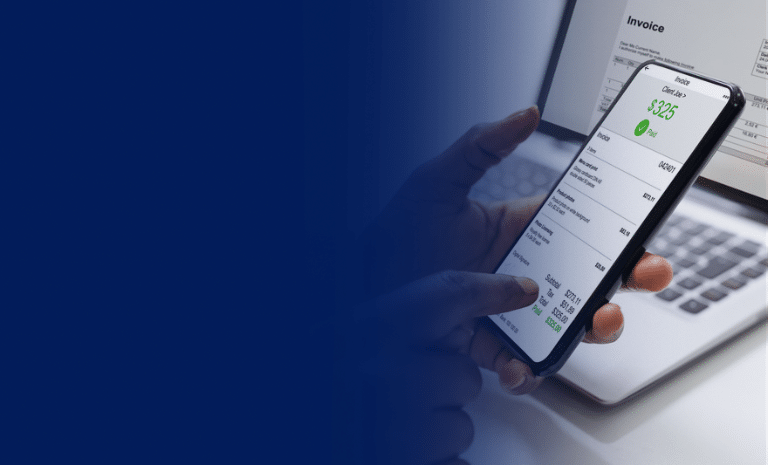“A 1% improvement in price increases operating profits by 11.1%”
Harvard Business Review
Did you know revenue recognition pitfalls lead to disastrous financial performance, weakened brand credibility, and the possibility of bankruptcy? How can your subscription business avoid this potential downward spiral while simultaneously tackling tight competition, shifting customer choices, and dynamic markets? Enhanced visibility about the source and destination of your revenue streams is one solution. This means equipping your subscription business with the capability to recognize every revenue source while maintaining standard accounting practices.
Revenue recognition, as well, is a critical source for data-driven decisions on competitive pricing strategies and analyzing bottom-line profitability. According to a recent McKinsey report, companies with a streamlined revenue recognition process can reduce revenue leakage (revenue lost due to missed invoicing opportunities) to less than 1% and improve service delivery by as much as 95% in the order-to-cash cycle. The report further states that optimizing that order-to-cash flow enables businesses to discover hidden revenue and build well-organized financial reporting.
What is revenue recognition?
Revenue recognition or RevRec is an accounting principle from the Generally Accepted Accounting Principles (GAAP) asserting that revenue must be recognized as earned. Revenue recognition enables businesses to build standardized reporting processes of earned revenue to eliminate inconsistencies and ambiguity in the books of accounts.
Adhering to GAAP enables you to ensure compliance while reporting revenue and build an org-wide credible financial discipline. A standardized revenue recognition process also strengthens stakeholder relationships, as it offers ample data for informed business decision-making.
Furthermore, accurate revenue recognition provides a clear picture of revenue-generating activities, comprehensive revenue disclosure, and key revenue-generation drivers. By building accuracy and consistency within internal accounting processes, a corporation is better prepared for audits and due-diligence procedures and to foster brand loyalty.
Why is revenue recognition pivotal for subscription businesses?
While revenue recognition is critical to most businesses, ask yourself this question: How does recognizing revenue boost the profitability of your business?
Revenue recognition comes with a bundle of benefits, including a healthy accounting process, transparent financing, and a positive net cash flow. For any subscription business, recognizing key revenue sources is essential for multiple reasons.
Customers in subscription businesses are billed in advance, and hence, recording earned revenue is critical to avoiding inaccurate revenue reporting between the time the revenue is earned to the time it is reported in a billing system. Earned revenue provides room to analyze the existing subscription tiers, collate historical pricing data, study competitive pricing, and make informed decisions about updating product catalogs with new pricing numbers.
Automation comes to your rescue
Revenue recognition may seem complex at first glance. But automating billing systems with an algorithm that can learn the GAAP/IFRS revenue recognition principles can not only accelerate the process but also eliminate manual error and mundane, repetitive tasks of finance personnel.
Since pricing tiers in most subscription plans don’t offer clarity on the type of service the customer is paying for, internal platforms must record the reason for payment (like access to premium content, platform usage, or both).
Before committing to automate your revenue recognition process, it's good to realize that Accounting Standards Codification (ASC) 606 stressed the importance of revenue recognition in response to the generational shift in recording revenue and designed a 5-step revenue recognition framework.
- Step-1
Identify the sales contracts and purchase orders made by your customers on your platform. - Step-2
Obtain clarity on the reason for purchase, such as access to premium content or platform usage. - Step-3
Determine the exact billing amount per pricing model confining to a subscription tier. - Step-4
For usage-based pricing models, determine the revenue to be recognized per model on top of the consistent subscription cost. - Step-5
Identify customer contracts with your subscription platform and recognize revenue per contract at the end of every billing cycle.
Automated billing offers a centralized view of finances, allowing you to A/B test new pricing models on specific customer segments, enabling personalized pricing. Automating billing processes offers a centralized view of finances, allowing the ability to A/B test new pricing models on specific customer segments. This capability enhances billing efficiency and reduces customer communication gaps, improving retention rates significantly.
What’s more? With more retention comes a better brand perception and elevated profitability.
The Evergent Monetization Platform (EMP) can streamline core billing functions with hyper-automation, fostering lean financial operations to efficiently recognize and record accurate revenue, realize hidden revenue sources, and optimize financial performance for data-driven decision-making. To learn more about how Evergent can build a robust revenue engine tailored to your business’s growing needs, book a call with our team of experts today.




